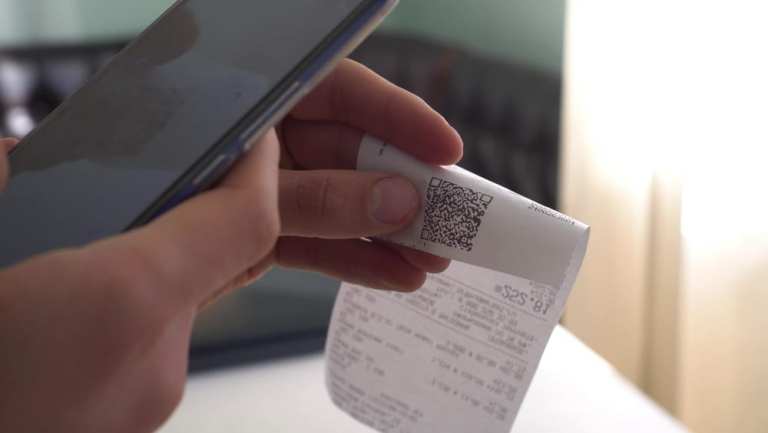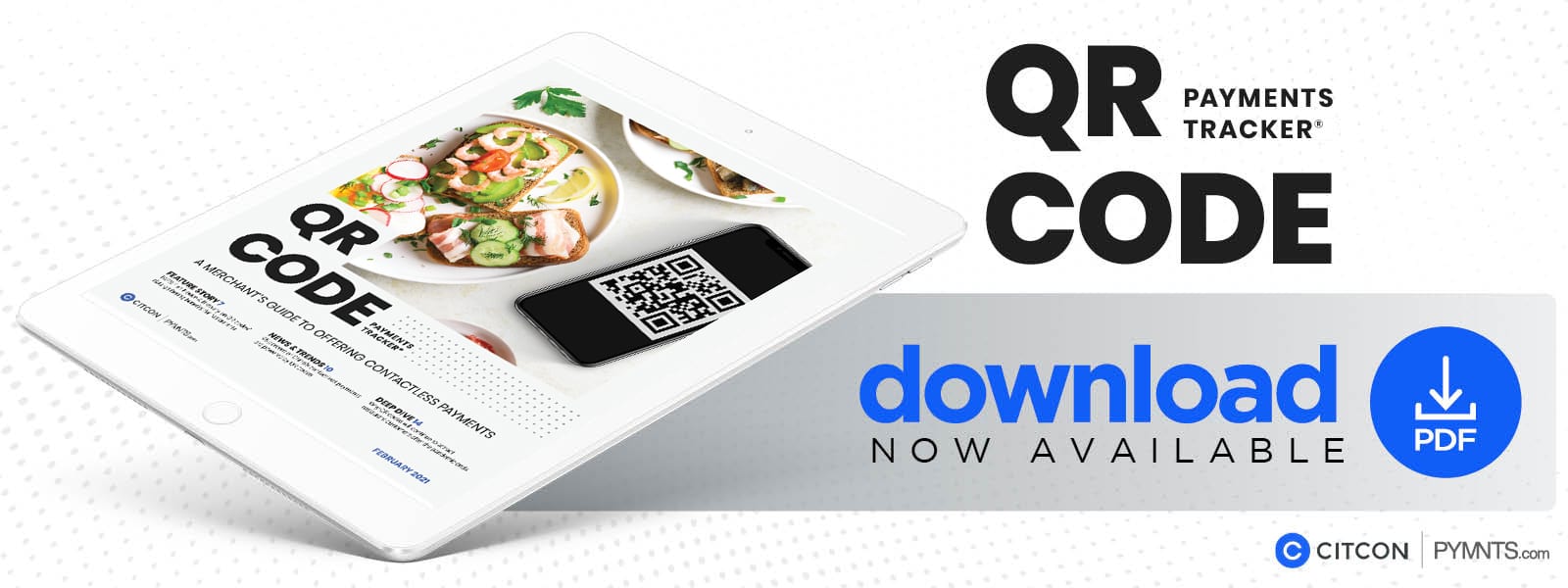Deep Dive: What QR Codes Bring To The Table For Restaurants, During And After The Pandemic

The restaurant industry is one of many spaces greatly impacted by the ongoing pandemic, with stay-at-home mandates and dining area bans forcing many eateries to either shut their doors permanently or temporarily.
Restaurant profits declined by double-digit percentages between April and August in light of the unprecedented challenges. Restaurants were forced to make much of their profits through takeout and delivery services, and outdoor patios and socially distanced dining room options have been curtailed by winter weather and surges in COVID-19 cases over the past several months.
Those that are still soldiering on are leaning on a number of new technologies to support their business plans. Those relying largely on takeout and delivery are deploying mobile apps and ordering platforms, while those with open dining rooms are leveraging contactless menus and payment services to limit interactions between waiters and customers to minimize the amount of time diners are on premises. QR codes are playing a key role in the deployment of these new systems, which are not expected to go away anytime soon.
The following Deep Dive explores how QR codes have fueled contactless payments in the restaurant industry and details the benefits these technologies are expected to provide in a post-pandemic future.
How QR Codes Offer A Contactless Solution
One of the biggest concerns in the early stages of the pandemic was the coronavirus’s ability to survive on surfaces for several days and potentially spread between individuals who had touched the same object, like a restaurant menu. This was eventually confirmed by the Centers for Disease Control and Prevention (CDC) to be much less of a risk than spreading through breathing the same air, but many restaurants took extreme measures to prevent surface spread anyway, eliminating reusable menus in favor of disposable or digital ones. QR codes played a key role in bringing the latter to life, as restaurants could put these codes on tables for diners to scan with their smartphone cameras for easy viewing.
A survey from September found that 38 percent of consumers had scanned a QR code at a restaurant, bar or café during the prior six months, and although the risk of surface transmission is lower than initially believed, placing orders through these digital menus still reduces the time spent in close proximity with waiters and lowers the risk of infection. QR codes also played a vital role in eliminating the need for waiters to handle tabs, receipts or customer credit cards.
Many large restaurant chains have the resources to develop these payment solutions in house, but small chains and independent eateries are turning to third-party developers to make this happen. Square introduced an all-in-one solution for this, for example, offering contactless menus, ordering and payments in a single QR code-assisted package.
These innovations, which were driven by customer demand, are not expected to go away anytime soon, even after the pandemic ends. Restaurants that have these innovations in place could reap significant dividends from satisfied customers.
The Future Of QR-Enabled Restaurant Dining
Safety and disease transmission prevention might be the largest priority for consumers and restaurants right now, but with COVID-19 vaccines in mass production, the light is at the end of the tunnel. Customer preferences will likely return to their previous focuses: speed and convenience. A November study of U.S. diners found that convenience was the top reason to order food via mobile phone, at 44 percent, with the very similar “ease of use” coming in second place, at nearly 19 percent. This means that a majority of diners are looking for the easiest way possible to order food from restaurants, and QR codes may very well be the answer they are looking for once the pandemic is over.
This preference is already somewhat cemented, as approximately 45 percent of Americans prefer to view menus, place orders and pay for their meals over the phone rather than by interacting with a server when dining amid the pandemic. A substantial 40 percent say they will continue with this practice even after the pandemic is over, a massive customer subset that restaurants would do well to cater to by continuing their QR implementations after the pandemic ends. Another 43 percent said they desired tap-to-pay at restaurant checkout counters, while 34 percent requested a means to pay at the table via waiters’ handheld devices, which could both be easily and cheaply accomplished even at small restaurants with the help of QR codes.
The restaurant industry is a cutthroat space even in the best of times, and any tool restaurant workers can use to win customers’ satisfaction will be valuable. Restaurants navigating the brave new post-pandemic world could do well to add QR codes to their bag of tricks.
